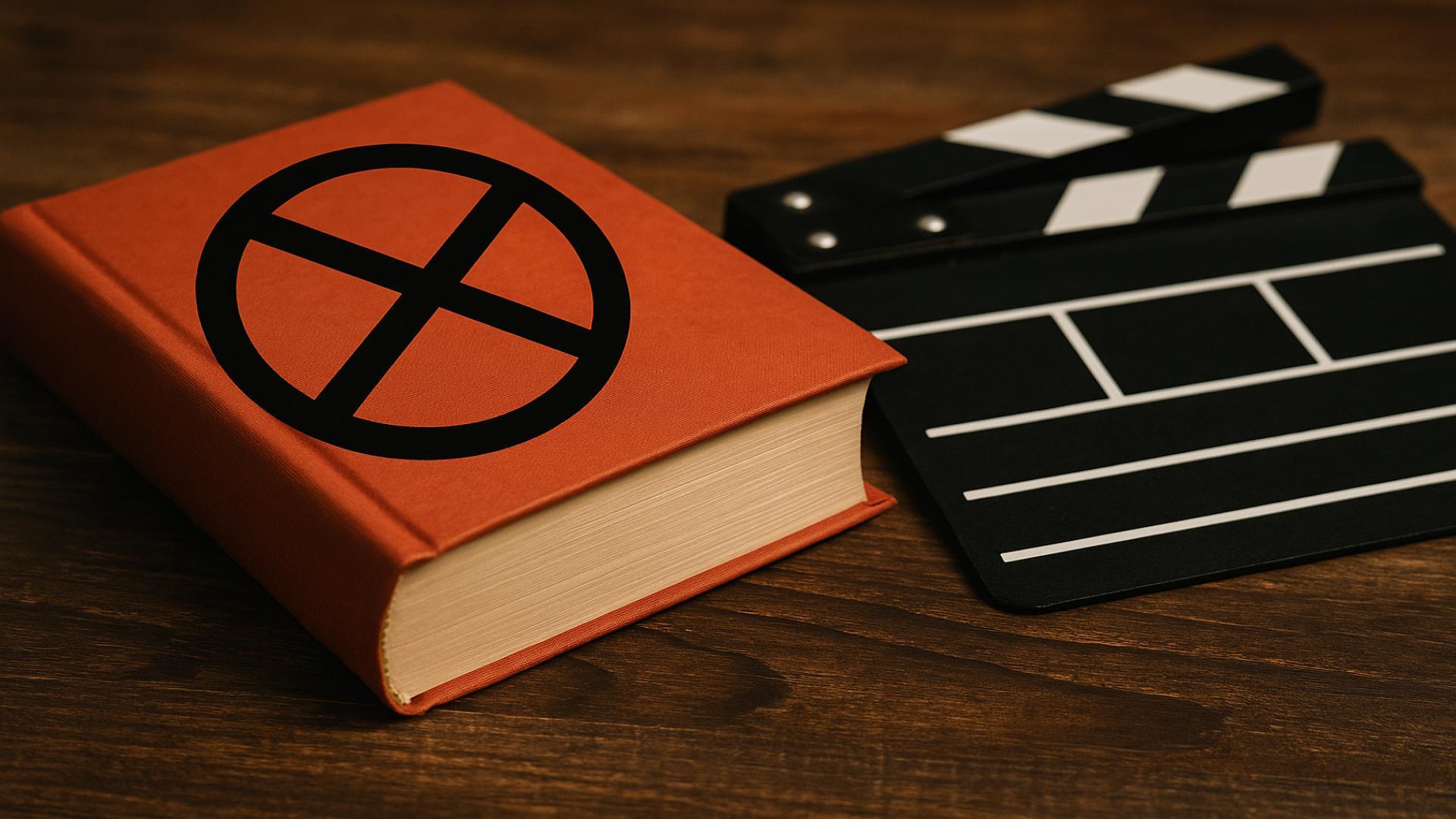6. 1984

George Orwell’s 1984 has been repeatedly banned and challenged for its bold political commentary and haunting vision of a surveillance state. The novel’s powerful critique of government control made its transition to film particularly resonant, with the 1984 adaptation capturing the oppressive atmosphere and sparking renewed debate about freedom and censorship. Both book and film remain touchstones for those concerned with the fragile balance between artistic expression and societal anxieties.
















